The debate over whether corporate accountability trumps personal responsibility is on the legal docket of Utah’s 3rd District Court. In the wake of a drunken attack at Snowbird Ski & Summer Resort’s annual Oktoberfest last year, which left three participants badly hurt, and another three standing before the bar with third-degree felony assault charges lodged against them, the suit’s plaintiffs filed the lawsuit against the resort for failing to control the sale of alcohol at the annual event.
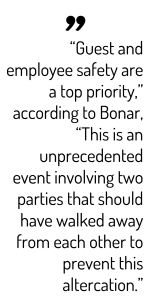 According to documents filed with the court, the plaintiffs, Brent Anderson, his wife Laura, and their adult son, Thadius Grzeskiewicz, were allegedly attacked after exiting the tram at the top of Hidden Peak following a verbal conflict with the defendants during the ascent.
According to documents filed with the court, the plaintiffs, Brent Anderson, his wife Laura, and their adult son, Thadius Grzeskiewicz, were allegedly attacked after exiting the tram at the top of Hidden Peak following a verbal conflict with the defendants during the ascent.
In assigning blame, the plaintiff’s attorney, James McConkle, noted, “No Snowbird employees or security, either at the peak or on the tram, took any steps to protect our clients from what was clearly a foreseeable danger given the heavy drinking that was going on.”
The attorney went on to say that, the Oktoberfest celebrations have taken on a “spring break” cast in participant’s behavior, and holding a drinking festival in a mountainous canyon presents safety problems for those attending. The lawsuit seeks unspecified monetary damages for personal injuries, medical costs, lost wages, and pain and suffering.
In statements countering the charges, Snowbird Resort President, Bob Bonar, argued that responsibility belongs with the participants in the altercation rather than with the resort.
“Guest and employee safety are a top priority,” according to Bonar, “this is an unprecedented event involving two parties that should have walked away from each other to prevent this altercation.”
To buttress his claim, Bonar added that in the Snowbird’s 44-year history of holding the festival, not once have they been subject to alcohol violations by local authorities. He also took to task the notion that the festival’s location presents a hazard to public safety.
“Snowbird offers free rides home to any guest requesting the van services of Canyon Transportation,” said Bonar. To expand riding opportunities, the Snowbird Ski & Summer Resort has collaborated with Uber on a ride program designed to get the resort’s participants home safely.
Whether corporate accountability will be trumped by personal responsibility is now in the hands of Utah’s 3rd District Court.

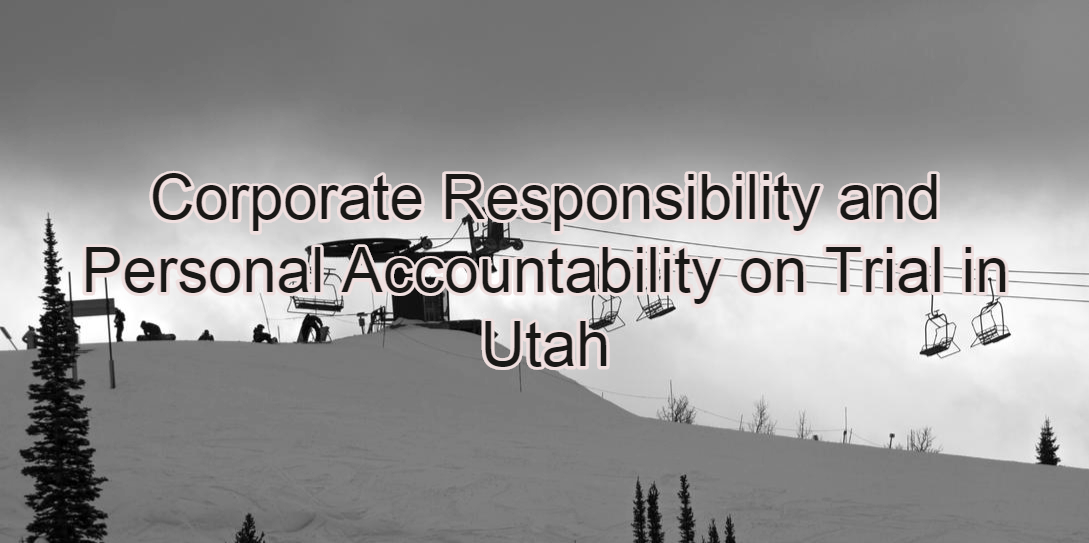

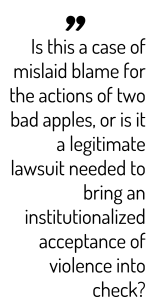 While attending a
While attending a 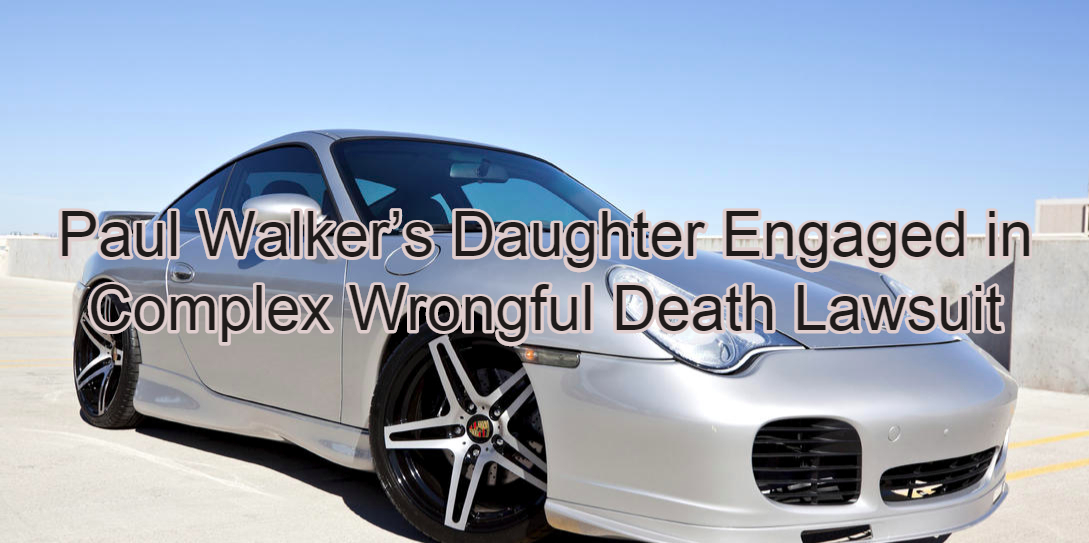
 The Accident
The Accident
 Dainique
Dainique
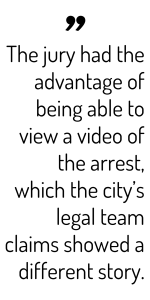 Kessler had come to New York specifically to participate in the movement that originated near the financial center of the city. She claimed that she was protesting properly and following the instructions of the officers involved. However, she says she was arrested without cause, with one officer pulling her by her hair.
Kessler had come to New York specifically to participate in the movement that originated near the financial center of the city. She claimed that she was protesting properly and following the instructions of the officers involved. However, she says she was arrested without cause, with one officer pulling her by her hair.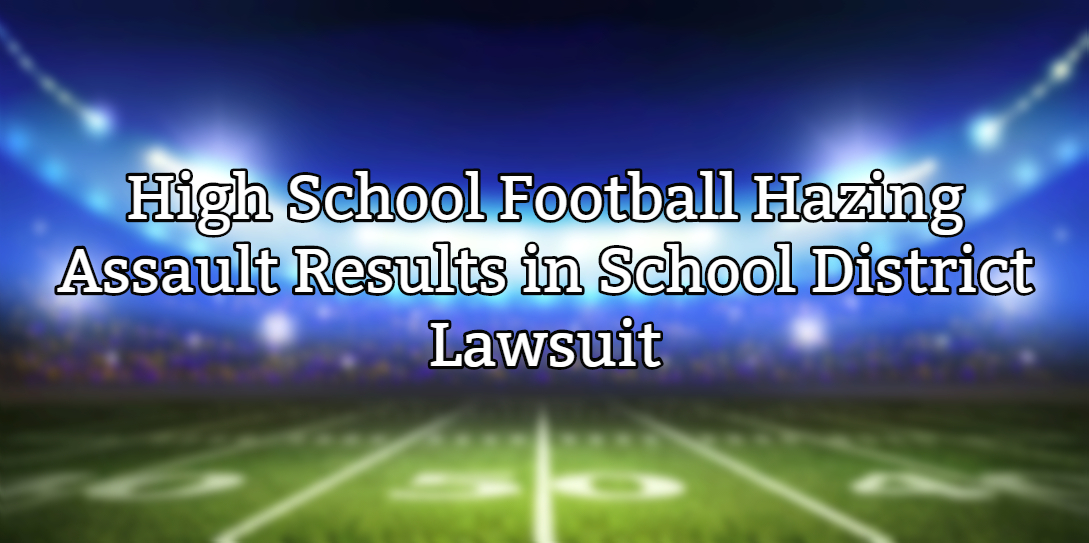
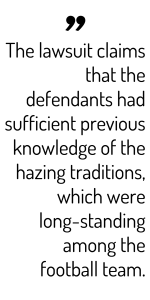 Lawsuit Overview
Lawsuit Overview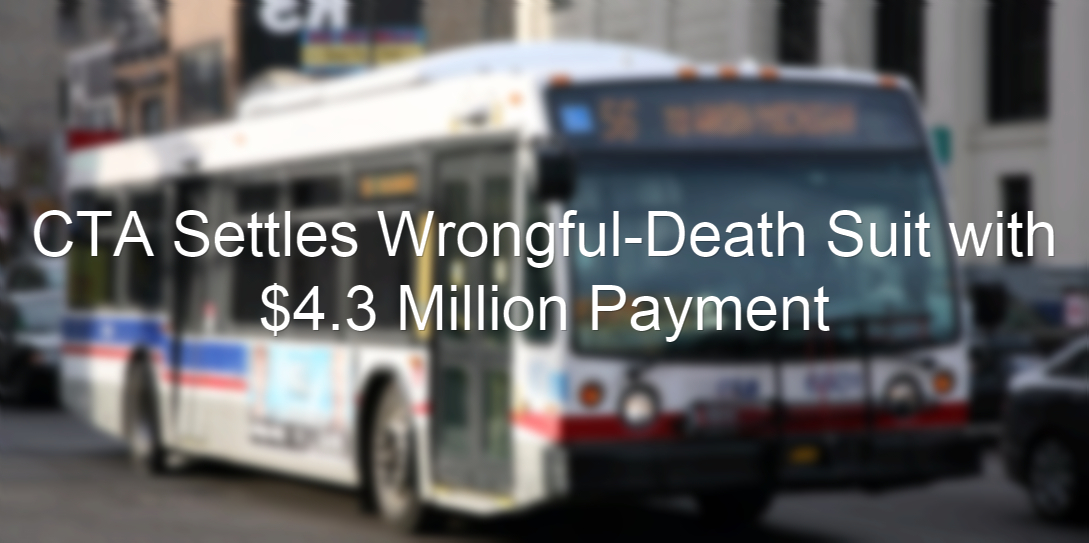
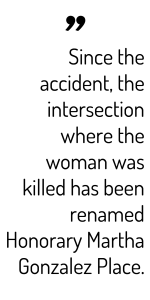 The CTA describes the hit-and-run vehicle as a blue sedan operated by a male driver, though no suspects for the hit-and-run have been identified since the accident. The CTA bus driver who was said to be following the blue sedan at the time, Frankie Myles, was not charged with any criminal offenses or given a traffic ticket, but retired a few short years after the incident. Although the CTA holds firm to its assertion that Gonzalez was struck accidentally following the initial fatal hit-and-run, CTA president Dorval Carter Jr. has explained that the board feels that making the large settlement payment is the best option to not only avoid the unknowns and higher judgments of proceeding to court, but also to simply and swiftly put to rest a legal issue that is emotionally difficult and potentially stressful for all parties affected by the tragedy.
The CTA describes the hit-and-run vehicle as a blue sedan operated by a male driver, though no suspects for the hit-and-run have been identified since the accident. The CTA bus driver who was said to be following the blue sedan at the time, Frankie Myles, was not charged with any criminal offenses or given a traffic ticket, but retired a few short years after the incident. Although the CTA holds firm to its assertion that Gonzalez was struck accidentally following the initial fatal hit-and-run, CTA president Dorval Carter Jr. has explained that the board feels that making the large settlement payment is the best option to not only avoid the unknowns and higher judgments of proceeding to court, but also to simply and swiftly put to rest a legal issue that is emotionally difficult and potentially stressful for all parties affected by the tragedy.
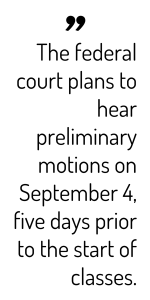 The Supreme Court has affirmed a right to educational access in Brown vs, Board of Education (1954). Students with disabilities also have rights grounded in the
The Supreme Court has affirmed a right to educational access in Brown vs, Board of Education (1954). Students with disabilities also have rights grounded in the 
 The pursuit of a quality education is not without restriction, especially when it comes to the separation between church and state. This fundamental principle is a part of the Nevada and U.S. constitutions and has stirred controversy since the inception of the United States. Case-in-point, the American Civil Liberties Union challenged Nevada’s education voucher system in mid-2015, taking issue with public funds being used for education at religious schools.
The pursuit of a quality education is not without restriction, especially when it comes to the separation between church and state. This fundamental principle is a part of the Nevada and U.S. constitutions and has stirred controversy since the inception of the United States. Case-in-point, the American Civil Liberties Union challenged Nevada’s education voucher system in mid-2015, taking issue with public funds being used for education at religious schools.